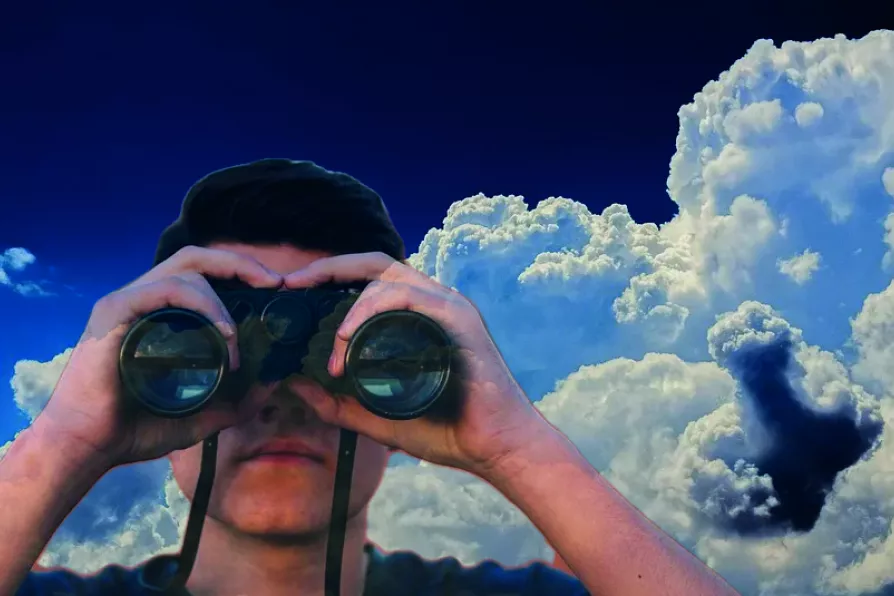Labour’s persistent failure to address its electorate’s salient concerns is behind the protest vote, asserts DIANE ABBOTT


WHAT do you see out of your window? Many people have reported during lockdown that they are noticing nature and the weather more. Lockdown has undoubtedly led to cleaner air due to reduced pollution, and more wildlife due to fewer people outside, but it seems likely that many people simply have more of an opportunity to notice things. The weather is one of them: not for nothing did the poet Ralph Waldo Emerson call the sky “the daily bread of the eyes.”
Of course, some will have been keen observers of the weather pre-lockdown. One of the Science and Society team’s grandmothers has been keeping a weather diary every day for several decades, inspiring in her grandchildren an interest in the observation of nature.
Such practices date back a long way. The earliest known weather diary in Europe was made by William Merle, a 12th-century parish priest in Driby, Lincolnshire, who recorded the weather between 1337-1344. No previous document exists with comparable detail.

When it comes to extreme weather events, from wildfires to flash floods, it’s firefighters who are on the front line of defence, but services have been cut to the bone, and government is not taking seriously its responsibility for the environment, says STEVE WRIGHT













